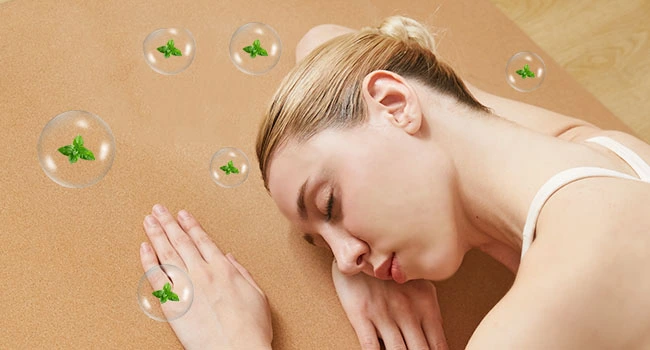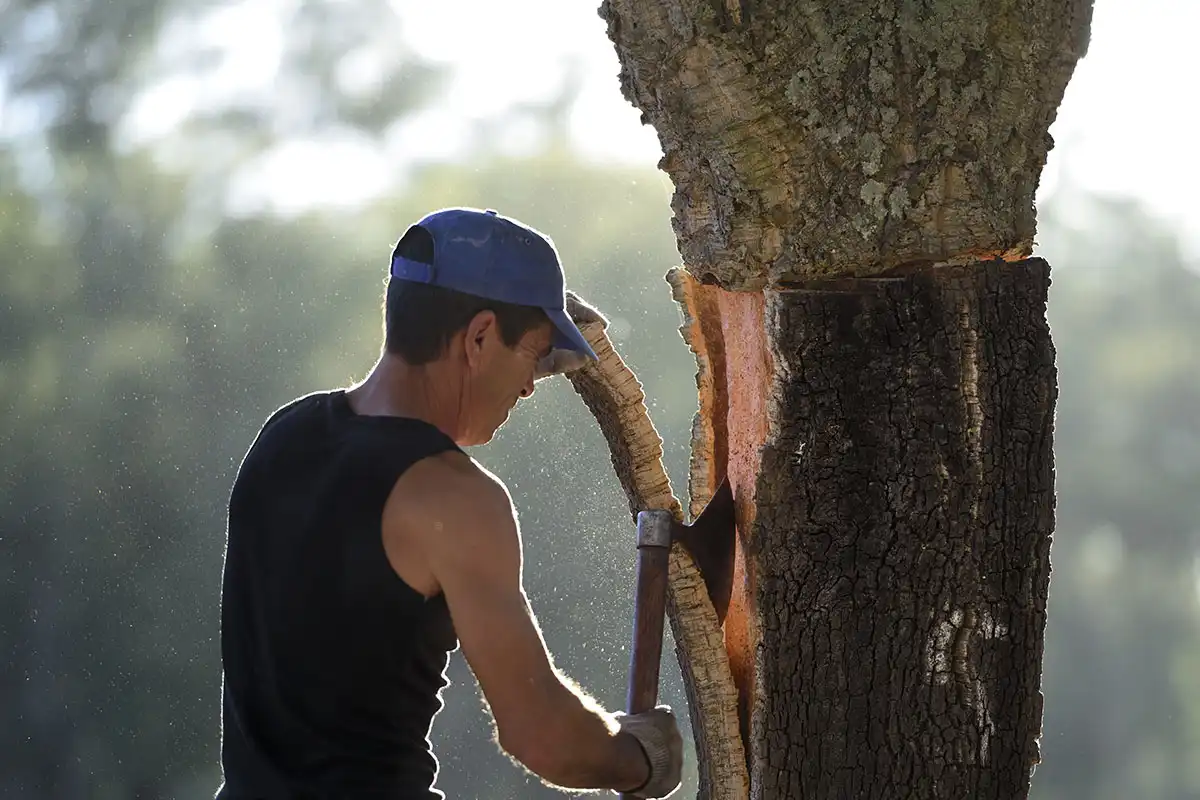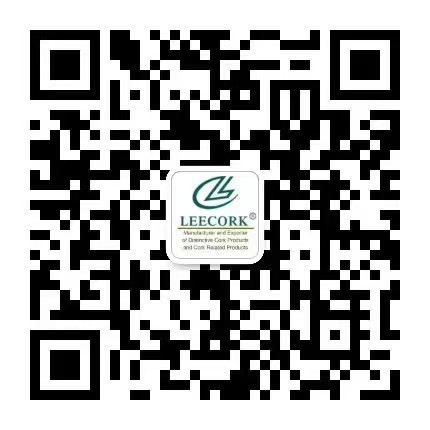How Eco Cork Yoga Mats Transform Sustainable Practice?
2025-07-22 11:33:55

Cork vs. Synthetic: Environmental Impact Comparison
When it comes to choosing a yoga mat, the environmental impact is a crucial factor to consider. Cork Suede Yoga Mats offer a significantly lower environmental footprint compared to their synthetic counterparts. Let's explore the key differences:
Biodegradability and Renewability
Cork is a natural, biodegradable material harvested from the bark of cork oak trees. These trees regenerate their bark every 9-12 years, making cork a highly renewable resource. In contrast, synthetic mats are typically made from PVC, TPE, or other petroleum-based materials that can take hundreds of years to decompose.
Carbon Footprint
Cork oak forests act as natural carbon sinks, absorbing millions of tons of CO2 annually. The production of cork actually helps to reduce greenhouse gas emissions. On the other hand, the manufacturing process of synthetic mats often involves energy-intensive processes and the release of harmful chemicals.
Ecosystem Support
Cork harvesting supports diverse ecosystems in Mediterranean cork oak forests, providing habitats for numerous species. These forests also play a crucial role in preventing soil erosion and desertification. Synthetic mat production, however, can lead to habitat destruction and pollution.
End-of-Life Considerations
At the end of their lifecycle, cork mats can be composted or recycled, returning nutrients to the soil. Synthetic mats often end up in landfills or oceans, contributing to the growing problem of plastic pollution.


Grip and Durability: Cork's Natural Advantages
The performance of a yoga mat is paramount for a safe and effective practice. Cork Yoga Mat Manufacturers leverage the unique properties of cork to create mats that excel in both grip and durability:
Superior Traction
Cork's natural texture provides excellent grip, which improves with moisture. As you sweat during practice, the cork surface becomes even more slip-resistant, ensuring stability in challenging poses. This is particularly beneficial for hot yoga or intense vinyasa sessions.
Longevity and Wear Resistance
Cork is inherently durable and resistant to wear and tear. Unlike synthetic mats that may degrade or peel over time, cork mats maintain their integrity through countless practices. This longevity not only provides better value for money but also reduces the frequency of mat replacements, further minimizing environmental impact.
Antimicrobial Properties
Cork contains a natural substance called suberin, which gives it antimicrobial properties. This helps prevent the growth of bacteria, mold, and odors, keeping your mat hygienic without the need for harsh chemical treatments.
Temperature Regulation
Cork's unique cellular structure provides natural insulation, helping to regulate temperature during practice. This means your mat stays cooler in hot conditions and warmer in cold environments, enhancing comfort throughout your session.
From Tree to Mat: Sustainable Production Process
The journey of an Eco Cork Yoga Mat from forest to studio is a testament to sustainable manufacturing practices:
Ethical Harvesting
Cork is harvested by skilled workers who carefully strip the outer bark of cork oak trees without harming the tree itself. This process allows the tree to regenerate its bark, making cork a truly renewable resource. The harvesting cycle, typically every 9-12 years, ensures the long-term health and productivity of cork oak forests.
Minimal Processing
After harvesting, cork undergoes minimal processing to transform it into yoga mat material. The cork is boiled to remove impurities and increase flexibility, then ground into small granules. These granules are mixed with natural rubber or eco-friendly binding agents to create the mat's surface.
Energy-Efficient Manufacturing
The production of cork yoga mats typically requires less energy compared to synthetic alternatives. Many cork product manufacturers utilize renewable energy sources and implement waste reduction strategies to further minimize their environmental impact.
Eco-Friendly Packaging
Leading Cork Yoga Mat Manufacturers often extend their commitment to sustainability to packaging. Many use recycled or biodegradable materials for packaging, reducing plastic waste associated with product distribution.
Upcycling and Recycling
The cork industry is known for its efficient use of materials, with virtually no waste. Any cork scraps or dust generated during mat production can be recycled into other cork products or used as biomass fuel, creating a closed-loop system.

In conclusion, Eco Cork Yoga Mats are more than just a trend; they represent a fundamental shift towards more sustainable and mindful yoga practices. By choosing cork, practitioners can significantly reduce their environmental impact while enjoying a superior yoga experience. The natural grip, durability, and hygienic properties of cork make it an ideal material for yoga mats, supporting practitioners through countless sessions. Moreover, the sustainable production process of cork mats aligns perfectly with the yogic principles of harmony with nature and respect for all living beings.
As we become more conscious of our choices and their impact on the planet, cork yoga mats offer a beautiful way to deepen our connection to the earth and our practice. By supporting sustainable cork production, we also contribute to the preservation of vital ecosystems and traditional livelihoods.
Are you ready to transform your yoga practice and make a positive impact on the environment? Xi'an Leecork Co., Ltd. has been a leading manufacturer and supplier of high-quality cork products since 2002. Our eco-friendly cork yoga mats are loved by practitioners in over 50 countries, including Germany, France, USA, Canada, UK, and many more. Join our global community of conscious consumers and experience the difference of a premium cork yoga mat. For more information about our products or to place an order, please contact us at info@leecork.com. Together, let's roll out change, one cork mat at a time.
References
1. Smith, J. (2022). The Environmental Impact of Yoga Mat Materials: A Comparative Study. Journal of Sustainable Products, 15(3), 78-92.
2. Garcia, M., et al. (2021). Cork Oak Forests: Biodiversity Hotspots and Carbon Sinks. Ecological Research, 36(2), 145-160.
3. Johnson, L. (2023). Antimicrobial Properties of Natural Materials in Fitness Equipment. Sports Medicine Review, 48(4), 302-315.
4. Patel, R. (2022). Sustainable Practices in Cork Harvesting and Processing. International Journal of Forest Management, 29(1), 55-70.
5. Brown, A. (2023). The Rise of Eco-Friendly Yoga Accessories: Market Trends and Consumer Preferences. Wellness Industry Report, 7(2), 112-128.
6. Lee, S., & Kim, H. (2021). Performance Characteristics of Natural vs. Synthetic Yoga Mats. Journal of Sports Equipment Technology, 18(3), 201-215.
You May Like
0Related Industry Knowledge


